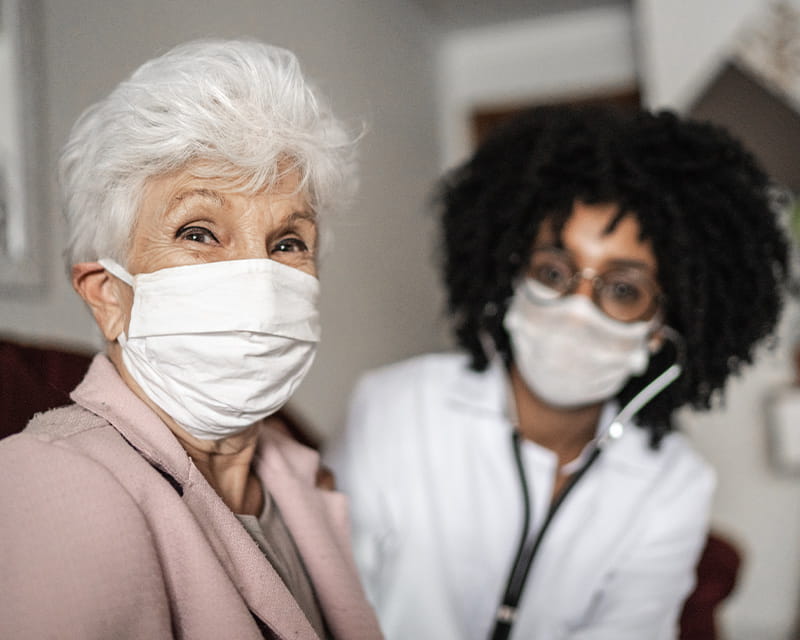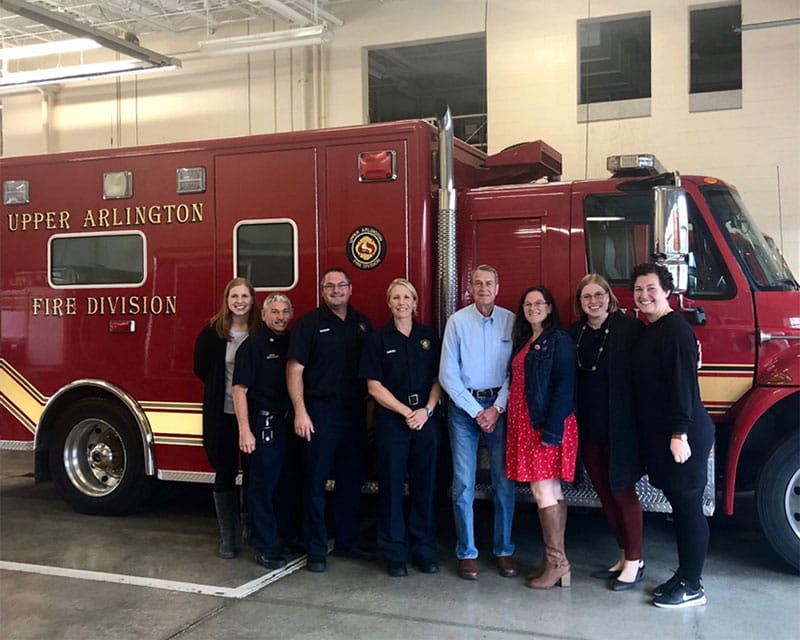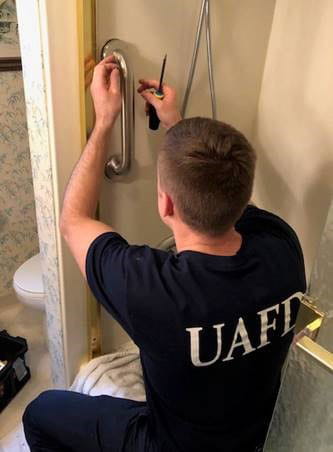
Ohio State offers comprehensive, research-driven care developed specifically for older adults with cancer
 Collaboration may be first of its kind in the United States
Collaboration may be first of its kind in the United StatesA two-year-old collaboration between clinicians and researchers from The Ohio State University Wexner Medical Center and paramedics from Upper Arlington, Ohio, helps older adults safely age in place by installing in-home modifications that reduce fall risk.
The pilot program aims to prevent falls among people over 65, subsequently reducing injuries while lowering utilization of emergency medical services (EMS) resources and fall-related health care costs.
According to the Centers for Disease Control and Prevention, more than one out of four older adults falls each year, doubling their risk of future falls. And in 2015, the total medical costs for falls in the U.S. totaled more than $50 billion.
“Research has shown there are many effective ways to prevent falls, but fall death rates among older Americans still increased 30% from 2007 to 2016,” says Carmen Quatman, MD, PhD, assistant professor in Ohio State’s Division of Orthopedic Trauma. “This may be due to a disconnect in knowing what strategies work and actually implementing those strategies.”
To address some of these implementation barriers, Dr. Quatman partnered with her twin sister, Catherine Quatman-Yates, PT, DPT, PhD, an Ohio State physical therapist and researcher. Together, they helped create a team of trauma surgeons, physical therapists, public health specialists and implementation scientists, along with paramedics from the Upper Arlington Fire Division (UAFD). The team devised a home modification program that provides timely interventions to older adults who are at risk for falls.

Participants are usually identified after placing fall-related calls to 9-1-1, although community members can request assessments for themselves or their loved ones. Their homes are evaluated by paramedics who coordinate installation of safety equipment in high-risk areas like bathrooms and entry-ways.
Thanks to financial grants and donor funds, these adaptations are free to participants and may include grab bars, non-slip rug pads, modified toilet accessories or motion sensor lighting.
The average age of recipients to date is 84.5 years, with most receiving modifications in at least two areas of their home. Participants fill out a survey called the Activities-specific Balance Confidence scale prior to installation and then six weeks after. They also receive follow-up calls or visits from members of the UAFD’s Community Assistance, Referrals and Education Services program.
“As physicians, we talk about fall prevention strategies in the clinical environment, but we can’t directly influence safety factors in our patients’ homes,” Dr. Quatman says. “That’s why our collaboration with local paramedics is so important. As first responders, they have eyes and ears in peoples’ homes. They have a unique lens to an environment that clinicians typically never see.”
This community service is funded through private donations and by Ohio State’s Connect and Collaborate grant program.